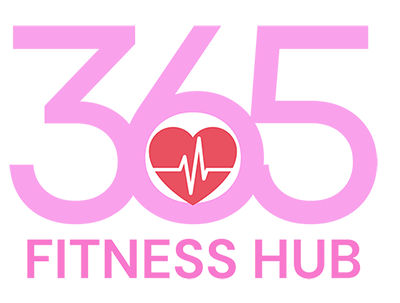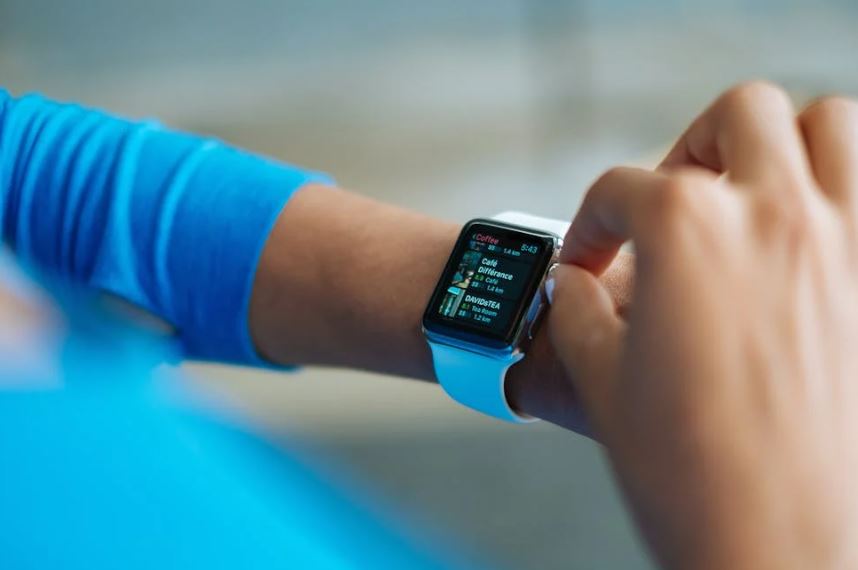In today’s digital age, fitness apps are an excellent way to stay on track with your workout routine and health goals. Whether you’re looking to lose weight, build muscle, increase flexibility, or improve overall health, there’s an app out there for almost every fitness need. With so many options available, it can be challenging to choose the one that best suits your needs. Here’s a guide to help you select the right fitness app for you.
- Define Your Fitness Goals
The first step in choosing a fitness app is to define your fitness goals. Are you aiming to:
- Lose weight?
- Build muscle or strength?
- Improve cardiovascular health?
- Increase flexibility or mobility?
- Track your nutrition? Different apps specialize in different aspects of fitness, so knowing your goals will help narrow down your options. For instance, if weight loss is your goal, an app with a focus on cardio or calorie tracking (like MyFitnessPal or Nike Training Club) might be ideal. For strength training, apps like StrongLifts 5×5 or JEFIT would be more beneficial.
- Consider Your Fitness Level
Your current fitness level is another critical factor in selecting a fitness app. Some apps cater to beginners, while others are geared toward advanced athletes. If you’re just starting out, look for apps that offer beginner-friendly workouts and provide step-by-step instructions.
- Beginner: Apps like 7 Minute Workout or FitOn offer simple and short routines for those new to fitness.
- Intermediate: Apps like Nike Training Club or Freeletics provide varied workouts with a bit more complexity and intensity.
- Advanced: Apps like StrongLifts 5×5 or Bodybuilding.com offer intense, goal-driven programs for seasoned fitness enthusiasts.
- Look for Personalization Features
Some apps offer customized workout plans based on your fitness level, goals, and preferences. This can be a huge benefit, especially if you’re looking for a routine that fits your specific needs.
- Personalized Plans: Apps like Freeletics, Peloton, or Aaptiv create tailored fitness programs to help you reach your goals.
- Adaptive Progression: Look for apps that adjust to your progress, such as Fitbod or Nike Training Club, which scale the difficulty as you improve. A personalized approach ensures that your workouts remain challenging but achievable, helping you to stay motivated and make steady progress.
- Check for Variety in Workouts
If you’re someone who gets bored easily or wants to keep things fresh, an app with a variety of workout options can help. Some apps provide a wide range of workout types, including:
- Strength training
- Yoga or Pilates
- High-intensity interval training (HIIT)
- Running or cycling
- Flexibility exercises
- Meditation or mindfulness Variety helps prevent plateaus, keeps you engaged, and ensures that you’re working out different muscle groups. Apps like Nike Training Club, Beachbody On Demand, or Daily Burn offer a wide variety of workout options.
- Consider Tracking Features
Many fitness apps include tracking features that can help you monitor your progress over time, such as tracking calories burned, workout duration, strength gains, or distance covered. Some apps also allow you to log food, track macronutrients, or sync with fitness trackers (like Fitbit or Apple Watch). Tracking your progress is key to staying motivated and adjusting your workouts accordingly. Popular apps like MyFitnessPal and Strava track your physical activity and nutrition, while apps like Runkeeper and Endomondo focus on running and cycling distance, pace, and time. - Ease of Use and User Interface
The design and user experience of an app are important factors in choosing the right one. If the app is difficult to navigate, you may lose motivation to use it. Look for apps that have:
- An intuitive and user-friendly interface.
- Clear instructions and demonstrations of exercises (e.g., videos or images).
- An easy way to track and view your progress. Many fitness apps offer free versions, so take some time to explore the interface before committing to a subscription or premium version.
- Consider Integration with Other Tools
If you already use a fitness tracker (like Fitbit, Garmin, or Apple Watch), make sure the app you choose is compatible with your device. Many fitness apps allow you to sync with trackers to get more accurate data and insights into your workouts. For example, apps like MapMyRun, Strava, and Runkeeper can sync with GPS trackers, while MyFitnessPal can integrate with tracking devices to log food and exercise seamlessly. - Read Reviews and Recommendations
Before committing to a fitness app, take time to read user reviews. Reviews can give you insight into the app’s functionality, reliability, and customer service. Look for feedback on:
- The quality of the workout programs.
- The app’s effectiveness for your specific goals.
- The app’s ease of use.
- Any issues with bugs, crashes, or subscription problems. Trusted recommendations from friends, fitness professionals, or fitness communities can also help you make an informed decision.
- Free vs. Paid Features
Many fitness apps offer both free and paid versions. The free version might be enough for casual users, while the paid version typically offers more advanced features, such as:
- Access to exclusive workouts or programs.
- Personalized coaching or nutrition plans.
- Enhanced tracking and analytics.
- Offline functionality for workouts. It’s a good idea to start with a free version to get a feel for the app before deciding whether it’s worth paying for additional features. Some apps also offer free trials for their premium versions, so you can test them out before committing.
- Consider Social Features or Community Support
Some apps include social features that can help keep you accountable, such as the ability to share workouts, track challenges, or join online fitness communities. Social interaction with others can keep you motivated and provide a sense of support, especially if you’re working toward long-term goals. Apps like Strava, FitOn, or Peloton have built-in social networks where you can share your progress, join challenges, and encourage friends. Conclusion
Choosing the right fitness app depends on your fitness goals, preferences, and lifestyle. Start by identifying your goals, assessing your fitness level, and looking for features that match your needs, such as personalized plans, tracking capabilities, and variety in workouts. Make sure the app is user-friendly and fits seamlessly with your other fitness tools, such as trackers or nutrition apps.
With the right fitness app, you’ll have the motivation, support, and guidance you need to stay on track and reach your health and fitness goals. Experiment with a few apps and see which one resonates with you, and most importantly, choose one that keeps you motivated and engaged in your fitness journey!

